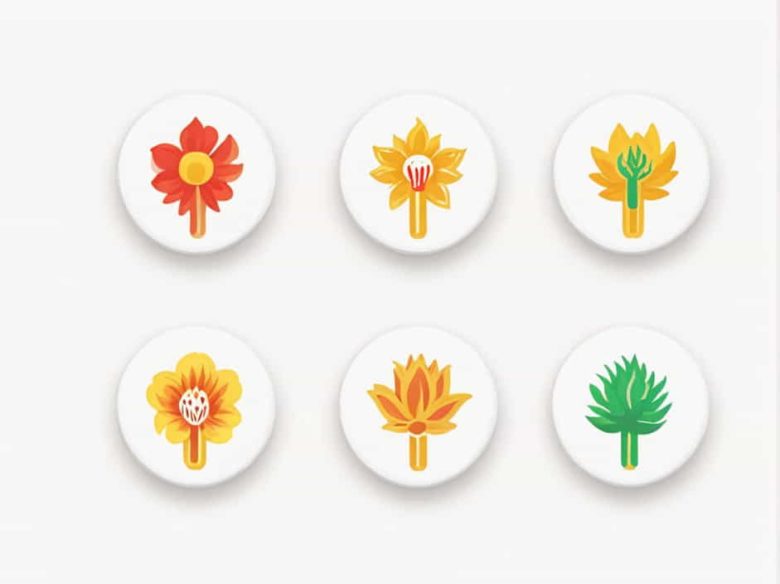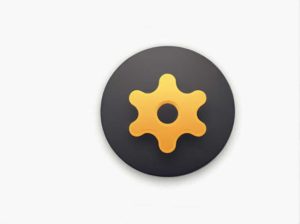Flowers are the reproductive structures of angiosperms (flowering plants). The stamen and carpel are the two main reproductive organs responsible for the production of pollen and seeds. Understanding their structure and function is crucial to learning how plants reproduce.
This topic will explain the parts of the stamen and carpel their roles in reproduction and their importance in plant pollination and fertilization.
What Is the Stamen?
The stamen is the male reproductive organ of a flower. It produces pollen grains which contain the male gametes (sperm cells) required for fertilization.
✔ Function: Produces and releases pollen.
✔ Location: Surrounds the central female part of the flower (carpel).
✔ Number: Varies among different flowers from a few to many.
Parts of the Stamen
Each stamen consists of two main parts:
1. Anther
✔ The upper part of the stamen.
✔ Produces and stores pollen grains.
✔ Contains pollen sacs (microsporangia) where pollen develops.
✔ Releases pollen when mature aiding in pollination.
2. Filament
✔ A thin stalk that supports the anther.
✔ Holds the anther in a position where pollen can be easily dispersed by wind insects or animals.
✔ Helps maximize pollination efficiency.
What Is the Carpel?
The carpel also known as the pistil is the female reproductive organ of a flower. It plays a key role in receiving pollen and developing seeds.
✔ Function: Produces ovules and receives pollen for fertilization.
✔ Location: Found at the center of the flower.
✔ Number: Flowers can have one or multiple carpels.
Parts of the Carpel
Each carpel consists of three main parts:
1. Stigma
✔ The topmost part of the carpel.
✔ Receives pollen grains during pollination.
✔ Often sticky or hairy to capture pollen efficiently.
2. Style
✔ A tube-like structure that connects the stigma to the ovary.
✔ Supports the stigma holding it in an ideal position for pollination.
✔ Provides a passage for the pollen tube which carries sperm cells to the ovary.
3. Ovary
✔ The base of the carpel containing ovules.
✔ After fertilization the ovary develops into a fruit while the ovules become seeds.
✔ Protects and nourishes the developing embryo.
How Stamen and Carpel Work Together in Reproduction
1. Pollination
✔ Pollen grains from the anther are transferred to the stigma of the carpel.
✔ This process can occur through wind insects water or animals.
2. Pollen Germination
✔ Once on the stigma the pollen grain grows a pollen tube down the style.
✔ The tube carries sperm cells to the ovary.
3. Fertilization
✔ The sperm cell fuses with the egg cell inside the ovule forming a zygote.
✔ The zygote develops into an embryo which later becomes a seed.
4. Seed and Fruit Formation
✔ The ovary transforms into a fruit protecting the seeds.
✔ Seeds are later dispersed and can grow into new plants.
Importance of Stamen and Carpel in Plant Life Cycle
✔ Ensures Plant Reproduction – Allows flowering plants to produce seeds and maintain their species.
✔ Promotes Genetic Diversity – Cross-pollination helps mix genetic material leading to stronger plants.
✔ Supports Ecosystems – Flowers attract pollinators like bees and butterflies which help in food production.
✔ Produces Fruits and Seeds – Many plants rely on their reproductive structures to create edible fruits and seeds.
The stamen and carpel are essential structures in flower reproduction. The stamen produces pollen while the carpel receives the pollen and develops seeds. These organs work together to ensure the survival of flowering plants.
By understanding the parts and functions of the stamen and carpel we gain insight into how plants reproduce evolve and contribute to biodiversity.



